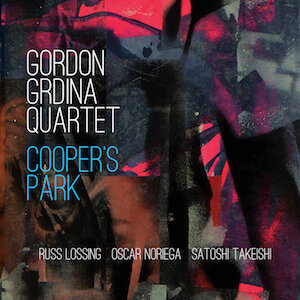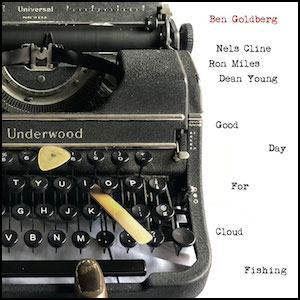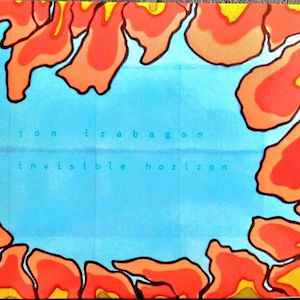Label: Loyal Label, 2019
Personnel - Chet Doxas: tenor saxophone; Jacob Sacks: piano; Zack Lober: bass; Vinnie Sperrazza: drums.
Landline consists of a stellar crew of four contemporary bandleaders and improvisers, who take their compositional prowess to another level with a new challenging concept envisioned for their self-titled debut album. The process, based on the popular broken telephone game, has each member - saxophonist Chet Doxas, pianist Jacob Sacks, bassist Zack Lober, and drummer Vinnie Sperrazza - sending written notes to one of his bandmates, who has two weeks to work on it as he pleases and pass it along to the next member and so on. Each musician may ignore, alter, or maintain what was written. This well-prepared yet full of freedom process combines composition and improvisation in a totally different way and the result is 12 not-too-long episodes revealing strong capacity of invention and tightness.
The titles were given according to the final product and “Michael Attias”, the opening piece, couldn’t be more appropriate since the sax-piano unisons hold that curious ambiguity so characteristic of the aforementioned alto sax player. Snare drum assertiveness, cymbal color, and a bass pedal, here sustaining echoed phrases professed by Doxas and Sacks, are transported to the following tune, “Modern Jazz”, whose swift lines and pungent accents confer it a rock energy. The bass is then loosened to groove along recurrent expressive sax melodies soaked in chromaticism, while the entangling piano comping is fundamental to attain a perfect atmosphere.
A sheer vitality is also observed in other highlights such as “Feel the Bernstein”, which adheres to a freshly swinging mobility; the pop/rock-inflected “Flim Flam”, played with gorgeous accentuations and slight angular playfulness; “Yup”, whose disorienting tempo and contrasting timbres are complemented with absorbing individual statements from bass (introductory section), sax and piano; and “After The Money”, a successful crossing between the bluesy modal post-bop of Andrew Hill and the rock energy of Beat Happening, declared under an encouraging rhythmic thrust attributable to a dance floor.
There are also slow-moving chapters counterbalancing the more energetic ones. Examples are “Twelve Years”, which consolidates a dismal melody, continual cymbal effervescence, and dark chordal work; “Crystalline”, an exercise in piano minimalism with glacial moments and silences; and the vague “Shiny Things”, which meditates through popping sax sounds, sparse piano activity, snare drum calls, and moody bass notes.
Told half-and-half by Sacks and Doxas, “An Anecdote Regarding Anthony Braxton” climaxes in an ultimate collective laugh that closes out the recording with a bright touch of humor.
You’ll find immersive moods and textures on Landline informing us that these guys’ music is never clumsy or forced. Their big sound, open aesthetic, and compositional variety are great part of the appeal.
Grade A-
Favorite Tracks:
01 - Michael Attias ► 02 - Modern Jazz ► 11 - After The Money








































